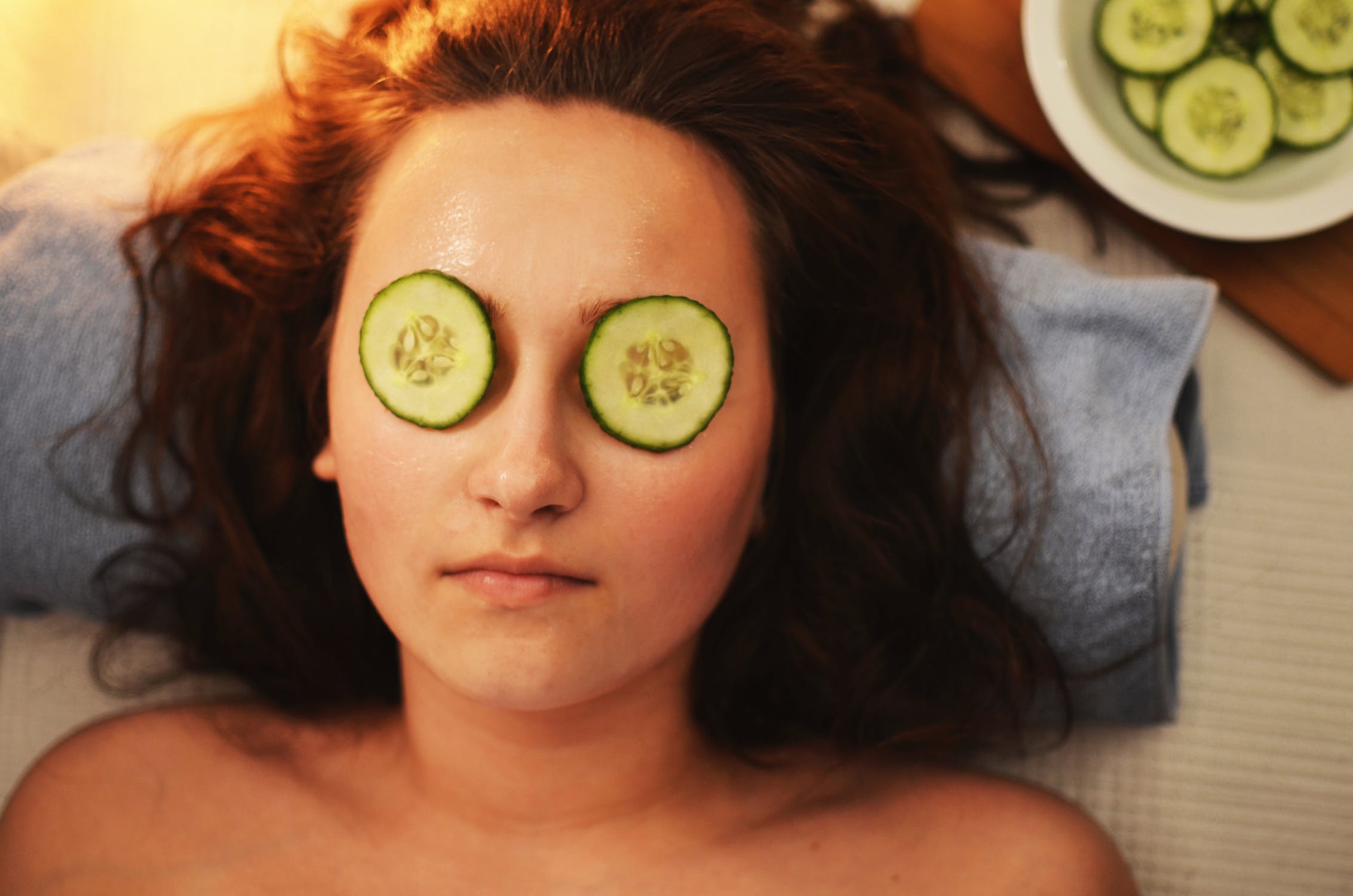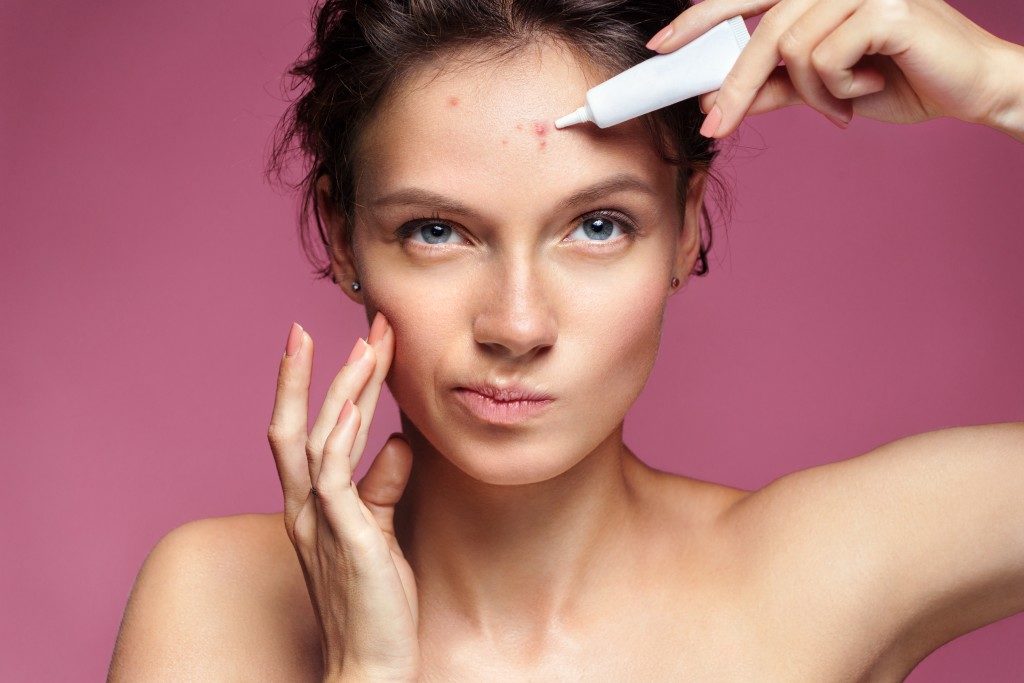Ageing, acne, sun damage, hyperpigmentation and wrinkles that will inevitably make you look older than your actual age. Lucky for you, laser resurfacing treatment can address these flaws by getting rid of your skin’s top layers and promoting the production of elastin and collagen.
However, not all laser resurfacing treatments use the same kind of laser.
The Different Types of Lasers for Skin Resurfacing
When you come in for a consultation in an aesthetic clinic here in Singapore, you’ll generally be introduced to the following types of lasers, depending on your skin concerns, these include:
- Intense Pulsed Light or IPL – Though technically not a laser treatment, this can treat minor sun damage, discolouration from acne scars, hyperpigmentation, and rosacea.
- Pulse-Dyed Laser – This non-ablative laser heats your skin to absorb pigments and decrease redness, rosacea, broken capillaries and hyperpigmentation.
- Erbium Laser – This can be non-ablative or ablative. It promotes collagen production, which makes it a top choice for treating age spots, saggy skin, wrinkles, and fine lines.
- Fractional Laser – This breaks up laser energy waves into thousands of minuscule laser beams so that it can treat one fraction or area of the skin at a time and minimise downtime. This is commonly used for treating various ageing-related cosmetic imperfections.
- CO2 Laser – This is an ablative laser used for addressing wrinkles, warts, scars and other deeper cosmetic flaws.
Don’t be overwhelmed with all the laser treatment options available to you because it will be up to your dermatologist to figure out which specific laser treatment will best benefit you and address your particular skin concerns.
Vital Notes on Medications, Health Conditions and Smoking
During your consultation, be honest about your exact health history and all the supplements and medications you are currently taking and why. For example, if you are susceptible to fever blisters or cold sores, you should know that laser treatment might induce a breakout.
Also, if you’re currently using acne meds that have isotretinoin, it can result in scarring and slow healing. Likewise, common OTC meds such as aspirin could raise your risk of developing post-procedure bleeding. Chronic health conditions, such as diabetes could also affect the results of laser treatment.
Further, if you smoke cigarettes, you must stop smoking at least two weeks before and after the procedure to avoid complications during recovery.
You May or May Not Need Downtime

While laser resurfacing treatments are considered non-invasive and non-surgical treatments, some lasers might require some downtime after each session. Generally speaking, the recovery time for different laser treatments will differ based on the specific kind of laser used and the patient’s individual healing rate and overall health.
However, this doesn’t necessarily mean that you can’t go out for a month, just that the treatment area will be tender, scab over, and look redder than normal while healing. Due to this, you might feel awkward in social gatherings and will need to modify your schedule to avoid those.
Done correctly, laser resurfacing can really help banish all kinds of flaws that make you appear older than you really are. Consult a professional to determine the most suitable laser resurfacing treatment for you.

